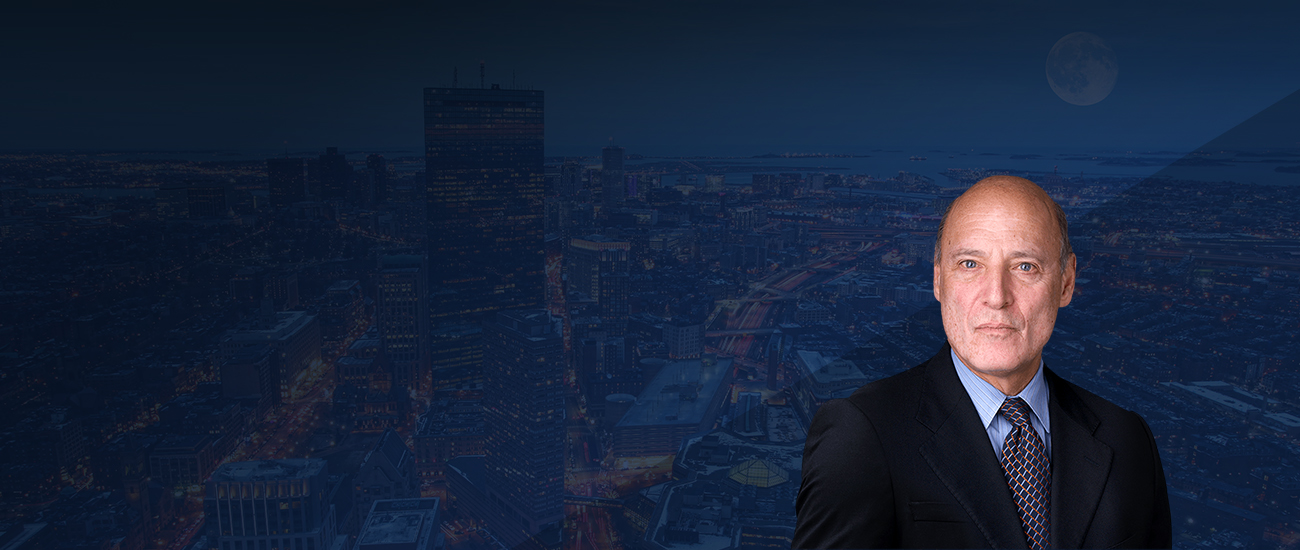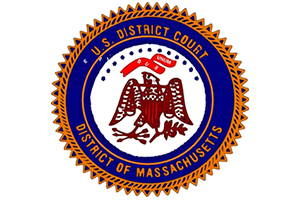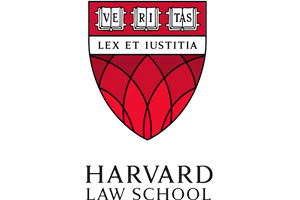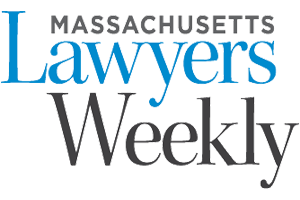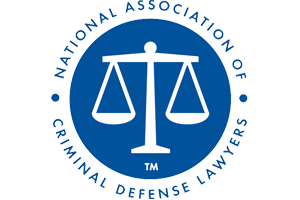- Free Consultation: 617-227-3700 Tap Here to Call Us
DiMasi-Vitale Trial
By David E. Frank
Not surprisingly, Joseph Lally’s last-minute decision to go from co-defendant to cooperating witness in the high-stakes public corruption trial of former House Speaker Salvatore F. DiMasi came as unwelcome news for Martin G. Weinberg and the rest of the defense team. Click here to read more.
After nearly two years of pre-trial preparation, the honest services fraud case against DiMasi, lobbyist Richard McDonough and Weinberg’s client — accountant and longtime DiMasi confidant Richard Vitale — would no longer hinge on inference and circumstantial evidence.
With Lally changing sides, now there would be direct testimony alleging that Vitale was actively involved in the scheme to award multi-million-dollar state software contracts to Burlington-based Cognos Corp., in exchange for illegal kickbacks.
So Weinberg quickly revised his game plan and devoted a significant amount of time at trial attacking the credibility of Lally, a onetime Cognos salesman.
The strategy paid off in spades for Weinberg and his client. On June 15, the jury returned an across-the-board acquittal of Vitale. DiMasi and McDonough received less favorable news, with jurors finding the two men guilty on most of the counts against them.
“It was a very difficult moment,” Weinberg says, recalling how he felt when the verdicts were read. “It’s hard to feel unmitigated exhilaration, which I would have felt if this was a one-man case, because we care for Sal and [McDonough], and they’ve been with us throughout this entire ordeal. But they now face a second set of challenges that fortunately Dick Vitale does not.”
The case is one of the country’s first honest services fraud trials since the U.S. Supreme Court issued its landmark ruling in Skilling v. U.S. last year. In Skilling, the court narrowed the definition of the controversial law by limiting it to suits involving kickbacks and bribes.
DiMasi and McDonough, who will undoubtedly focus much of their appellate efforts on Skilling, are due to be sentenced by U.S. District Court Chief Judge Mark L. Wolf in early September.
In the meantime, Weinberg plans to offer whatever support he can to DiMasi-McDonough defense lawyers Thomas R. Kiley, William Cintolo and Thomas Drechsler.
“I have enormous respect and affection that comes from being in a foxhole together with Tom Kiley and Billy Cintolo and Tom Drechsler,” Weinberg says. “This conviction raises profound and important appeal issues in terms of defining just what are the limits of the federal government’s role in enforcing state political conduct, and if I am asked to help as a consultant, I am there for them.”
Weinberg, a veteran criminal and appeals lawyer in Boston, recently talked about the high-profile trial with Lawyers Weekly’s David Frank.
Q. Leading up to trial, what aspect of the case kept you up at night?
A. I was concerned that a former co-defendant who was now going to testify for the government had spent two years working with the other lawyers and counsel on strategy and other decision-making. Because [Lally] had received and evaluated the discovery, the concern was he would be motivated to fill the holes and voids of evidence that we felt were both pivotal and exculpatory toward Vitale. He was a formidable and dangerous witness.
Q. How do you reconcile the different verdicts?
A. Absent one of the 12 jurors providing the media with a map as to how they deliberated, I can’t guess how they got their arms around the different cases and on what basis they made the distinction.
Q. But why do you think Vitale was acquitted when DiMasi and McDonough were not?
A. The case versus Vitale was predicated more substantially on a jury’s acceptance of Lally’s uncorroborated testimony than the case against the others. The most logical distinction from the verdict is that Dick Vitale was not involved in the subset of allegations dealing with [DiMasi’s former law partner] Steven Topazio.
Q. How do you respond to those who were critical of you and the rest of the defense team for not calling your clients to the stand and not putting on more of a case after the prosecution spent nearly a month presenting witnesses?
A. If, as a lawyer at the conclusion of the government’s case, you feel you can make a compelling argument that the prosecution hasn’t met its burden, either because of the magnitude of the proof or because the central cornerstone witness is not a man worthy of belief in a court of law, then you run a grave risk on putting on a defense.
Q. How so?
A. Because the corollary of putting on a defense or calling the defendant to testify is to focus the jury less on whether the government met its burden and more on whether they find a defense witness or defendant credible.
Q. The defense seemed to be on the same page throughout the trial in terms of presenting a consistent argument to the jury. What was the strategy?
A. If defendants in a conspiracy case are working in conflict as adversaries, that provides the government with an enormous advantage. So it was important to have coherence. These were experienced, terrific lawyers understanding the nuances of trying a multi-defendant case.
Q. But when you adopt such a joint strategy, don’t you worry that the jury might miss out on some of the differences in evidence?
A. There is a gentle distinction that has to be made, but no experienced trial lawyer in a joint trial is out for a kind of Darwinian survival by maximizing the differences between his client and the others, because that has a tendency inferentially to suggest there is something wrong with the conduct that is being testified to.
Q. Do you expect DiMasi or McDonough’s counsel to ask for you assistance on appeal?
A. Yes. There is absolutely no reason that I could not be involved.
Q. Lawyers Weekly published a story reporting that 90 percent of federal defendants lose at trial. Why did Vitale beat the odds?
A. This is a case which demonstrates that the right to trial by jury lives in this district, and that, despite the empirical statistics that made their way onto the front pages of Massachusetts Lawyers Weekly, sometimes citizens have to say, “I am not guilty,” and have to demand the government prove what they allege.
Q. Was a plea ever discussed?
A. Never. Richard Vitale was innocent.
Q. How do you respond to the comments of U.S. Attorney Carmen Ortiz that she doesn’t think the case will make its way to the Supreme Court because the facts here are different than in the Skilling case?
A. Whether the issue is decided by the Supreme Court neither Carmen Ortiz nor I can know because it depends on the decision of four justices to grant certiorari. They get thousands of petitions and hear less than 100 cases a year. But these are the kind of issues that were raised by the defense team and carefully addressed on their merits by Judge Wolf that could well navigate through the court system to the Supreme Court.
Q. How important will it be for lawyers and judges in future public corruption trials when the appellate courts address the Skilling issues raised in this trial?
A. These are questions without a lot of answers. I think Judge Wolf had it right when he talked about what a significant case it was. They will essentially decide what is and what is not a federal crime in the vortex of a statute that is quite vague, even post-Skilling.
Q. There are a lot of people singing your praises right now. How do you feel about that?
A. I’ve been a little invisible in the community because so many of my trials have been in places like Florida and Ohio and other jurisdictions out of the state. I’ve worked for almost 40 years to be a hard-working trial lawyer. But I don’t think I need to be singled out. I don’t want this to just be about Marty Weinberg. There were differences in proof.
Q. What will Judge Wolf have to consider when he is asked to allow DiMasi and McDonough to remain free pending appeal?
A. There are three tests for bail pending appeal. Two of them are identical to the tests for bail post-verdict, which are whether or not the defendants have persuaded the court they are not a flight risk and are not a danger to the community.
Q. Do you expect an argument from the prosecution on either of those elements?
A. I don’t think there is any dispute that neither Sal DiMasi nor Dick McDonough are flight risks or dangers to the community.
Q. So what’s the third test?
A. The only difference between release pending sentencing and release pending appeal is whether there are substantial legal issues on appeal.
Q. How is “substantial legal issue” defined?
A. The initial burden is on the defense team to identify the issues that will be raised on appeal that constitute legally sufficient issues. This case started when honest services was a much broader and different-looking law than it ended up being, and this was the first in the country to test many of the legal issues that the chief judge resolved from the district’s perspective. This is a serious appeal that will raise novel and important legal issues post-Skilling.
Q. How does this trial rank in your career?
A. It’s as close as you can get to trial by combat to be in a World Series case like this, with great lawyers being prosecuted by great prosecutors in front of a chief judge that conducted this trial at the highest levels of my courtroom experience of 39 years.

